Our group is currently working on observational studies in distant universe mainly using mainly Subaru telescope. The keywords of our researches are; distant galaxy, the first galaxy, early black hole, protocluster, galaxy formation, galaxy evolution, structure formation, early universe, reionization, large-scale sructure. We currently focus on the followinf four topics.
Reionization of the universe
After the Big Bang, the expanding universe still had enough neutral hydrogen to block our view of young galaxies by absorbing the light. The epoch is called the "dark age". Later, a lot of young galaxies began to form ionizing the neutral hydrogen around them, making the universe transparent and allowing us to see their stars. The epoch is still veiled in mystery, and the observational study of it is very challenging to carry out. I'm fascinated in the study because it contains many interesting physical processes in terms of not only IGM but also galaxy formation/evolution on which I have been working. I myself would like to approach the epoch by directly observing many distant galaxies and quasars in the epoch.
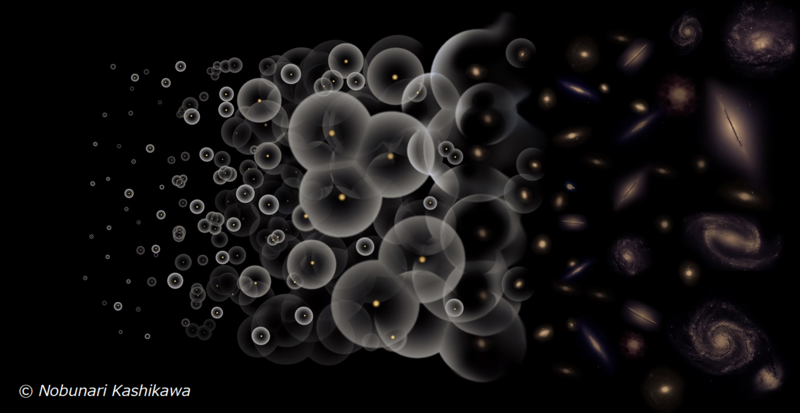

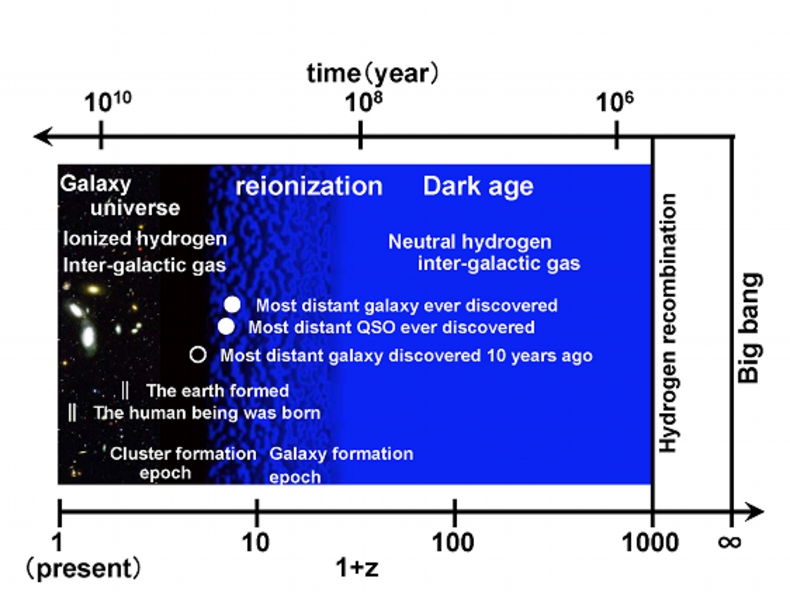
explanations for biginners (Japanese)
Protoclusters, early large scale structure
You can see a lot of galaxy concentration, called "cluster of galaxies", which includes 100-1000 galaxies, in the universe today. The distribution of galaxies is inhomogeneous, known as "large-scale strucrure", and the clusters locate at the knots of crossing filaments. When and how such structures were formed? To answer the question, we are going to detect many "protoclusters", e.g., young and growing clusters in the distant universe.

link to Subaru's web release
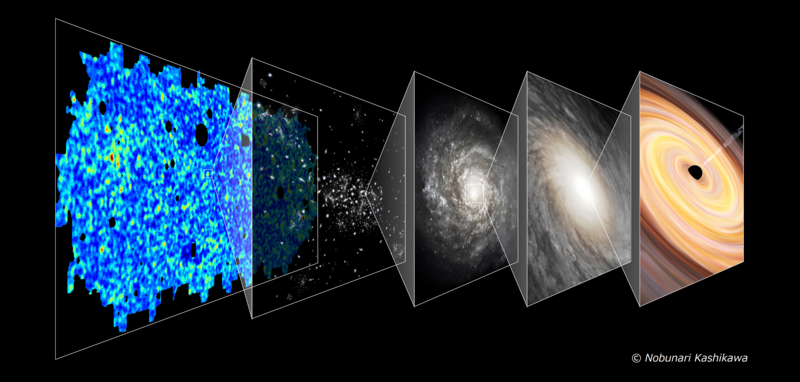
explanations for beginners (Japanese)
Early black hole, early quasar
Supermassive black holes (SMBHs) are ubiquitously found at the center of galaxies, and have masses millions or even billions of times of the Sun. While they are prevalent in the present-day universe, it is unclear when they first formed, and how many of them exist in the distant early universe. Distant SMBHs are identified as quasars, which shine as gas accretes onto them. We observe early quasars to try to answer the questions: when and how the first BHs are formed and what is the relation with galaxy evolution? They also give us many information about cosmic reionziation.
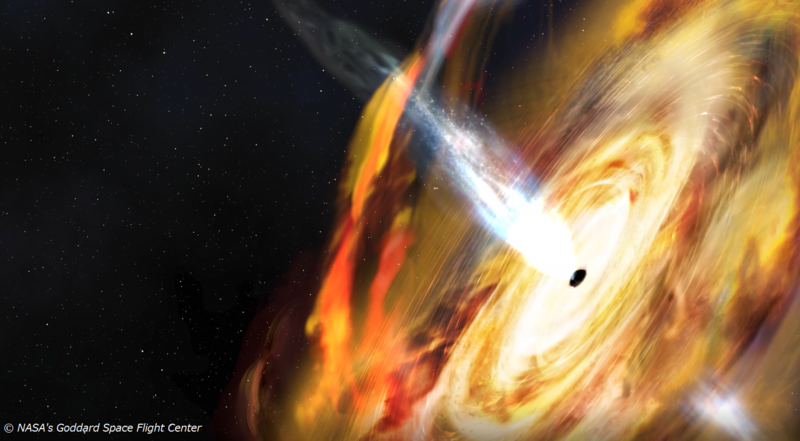
Link to our press release "Astronomers discover 83 supermassive black holes in the early universe"
Link to Commentary movie (Japanese)
Dark matter --- Structure evolution
Recent studies suggest that most of the "matter" in the universe is in the form of "dark matter" which cannot be seen directly through eyes. The basic problem is to understand what it is; however there is another important question that how dark matter and ordinary matter "baryon" are related with each other, and how they form and grow the large scale structure of the universe. The problem is interesting in the study of the evolution of overall history of the universe and galaxies. I would specifically like to take a perspective view of the relation among dark matter, stars and gas in the universe. Then I myself approach the problem by observing distant galaxies and QSO absorption lines.
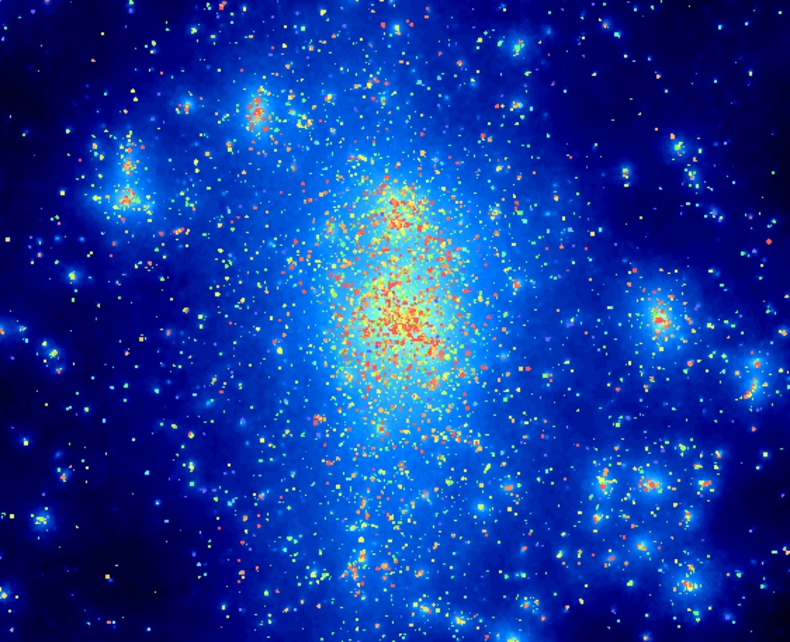
explanations for beginners (Japanese)
My current scientific interests are:
- Reionization of the universe
- High-z quasars
- High-z protoclusters
- IGM tomography
- Galaxy-IGM physical connection
- AGN environment
- Evolution of dark matter halo
- SMBH-galaxy co-evolution
- Quasar absorption lines
The ulitimate question that I personally would like to address in the course of astronomical study is "Why we live in this universe?". And the reason why I keep studying the universe is that the universe is very beautiful.
Last modified: 03/12/2023


 前のページへ
前のページへ